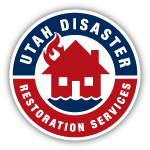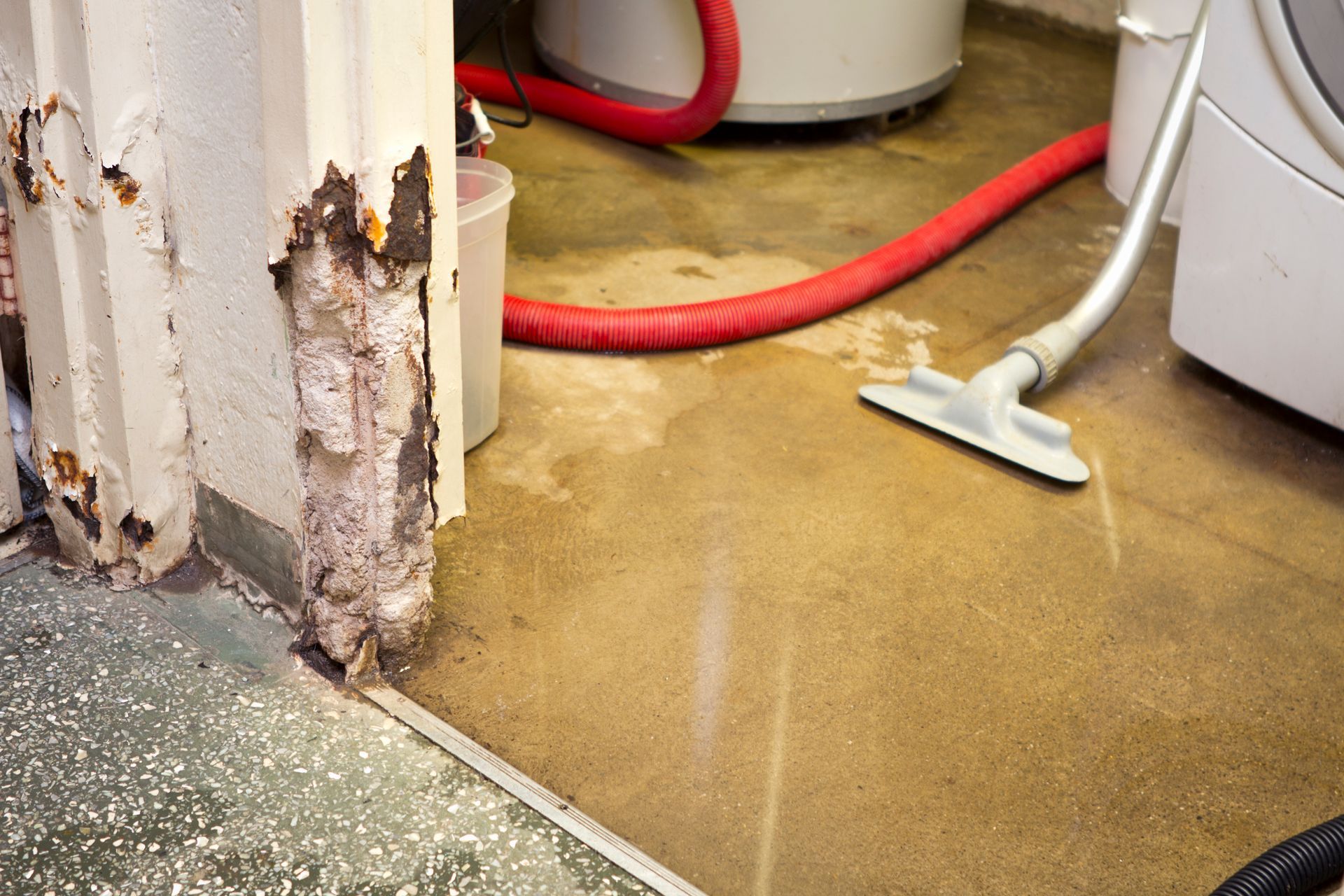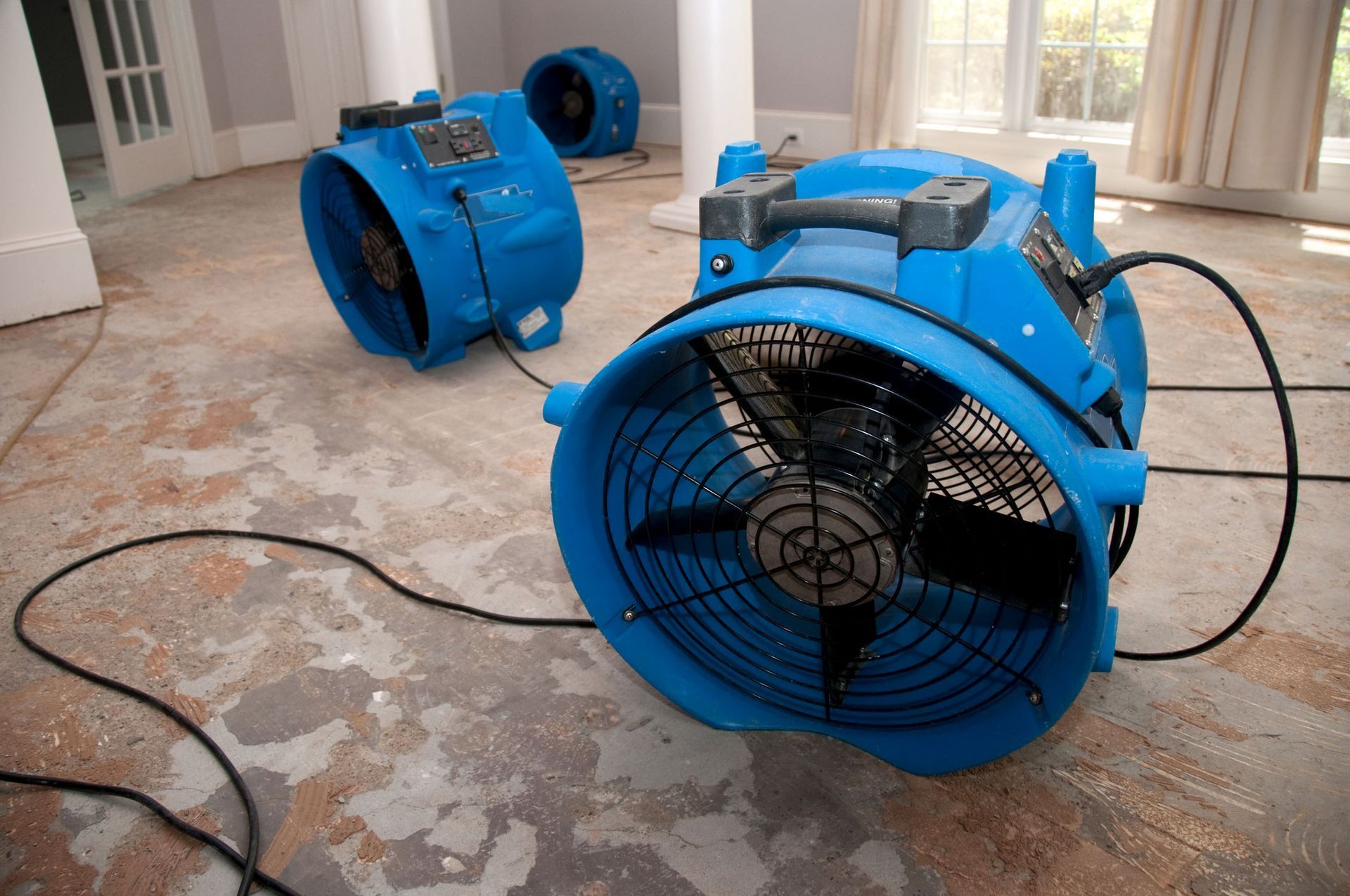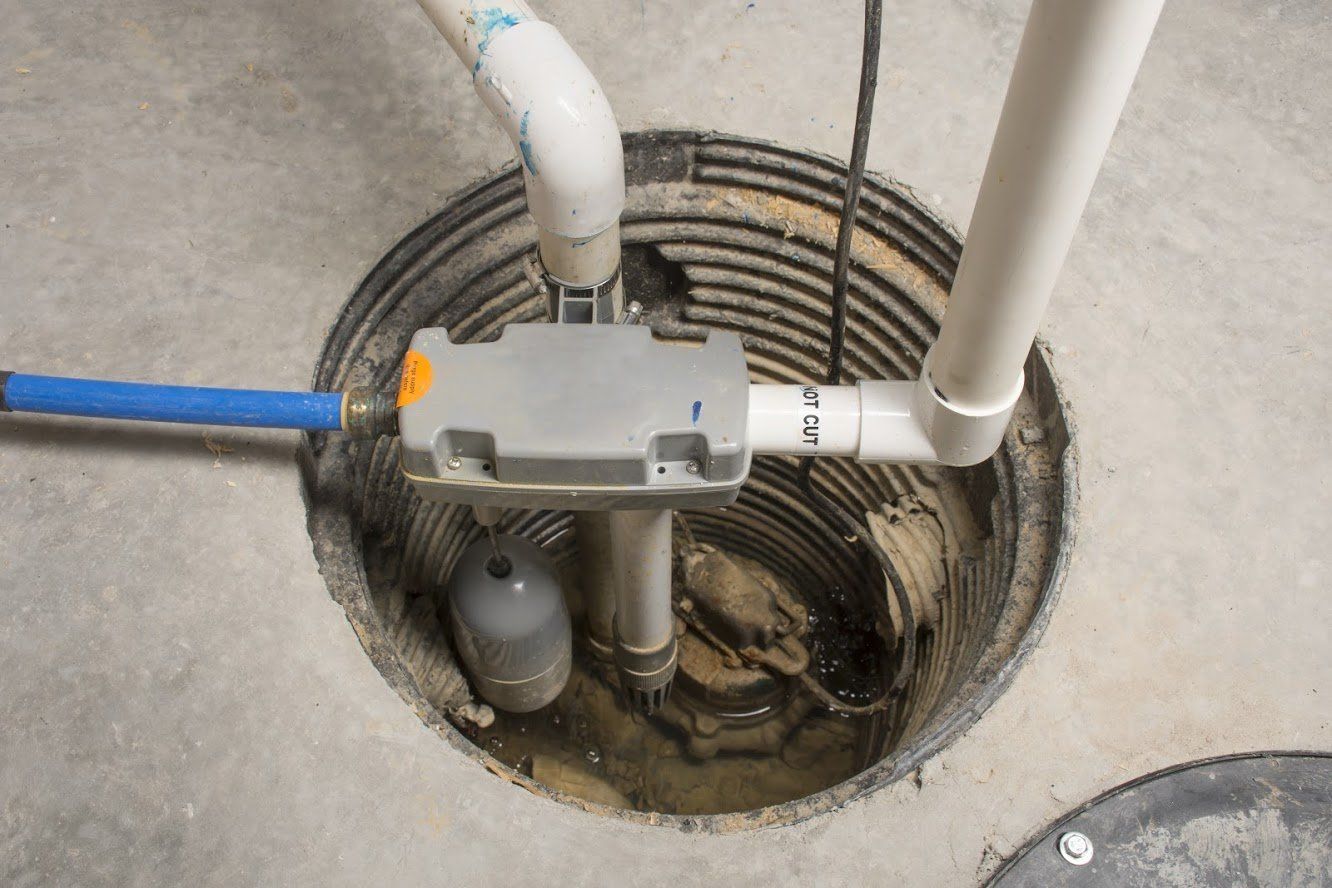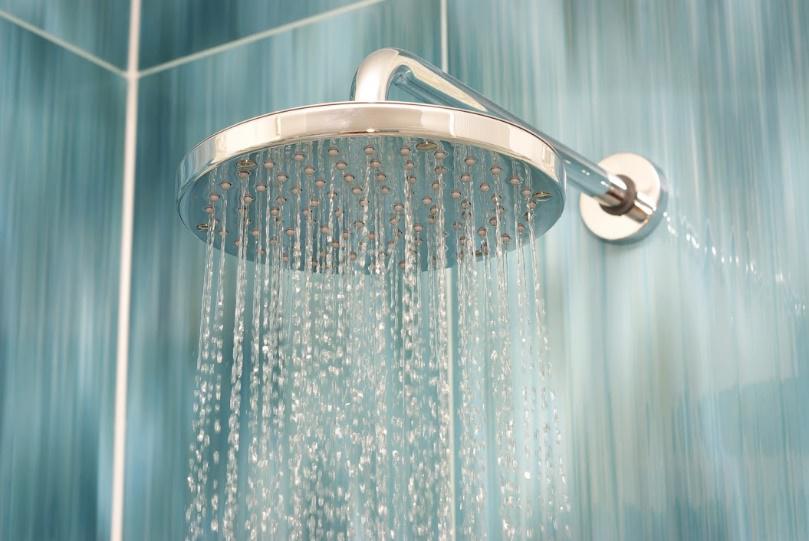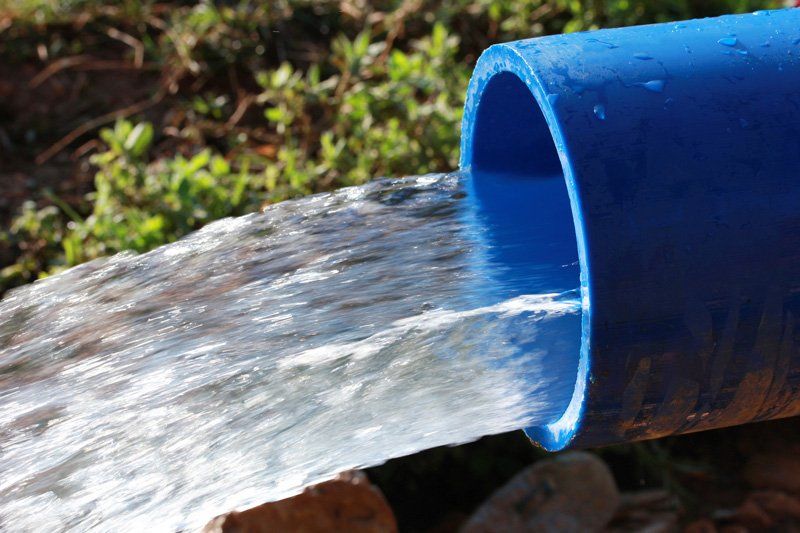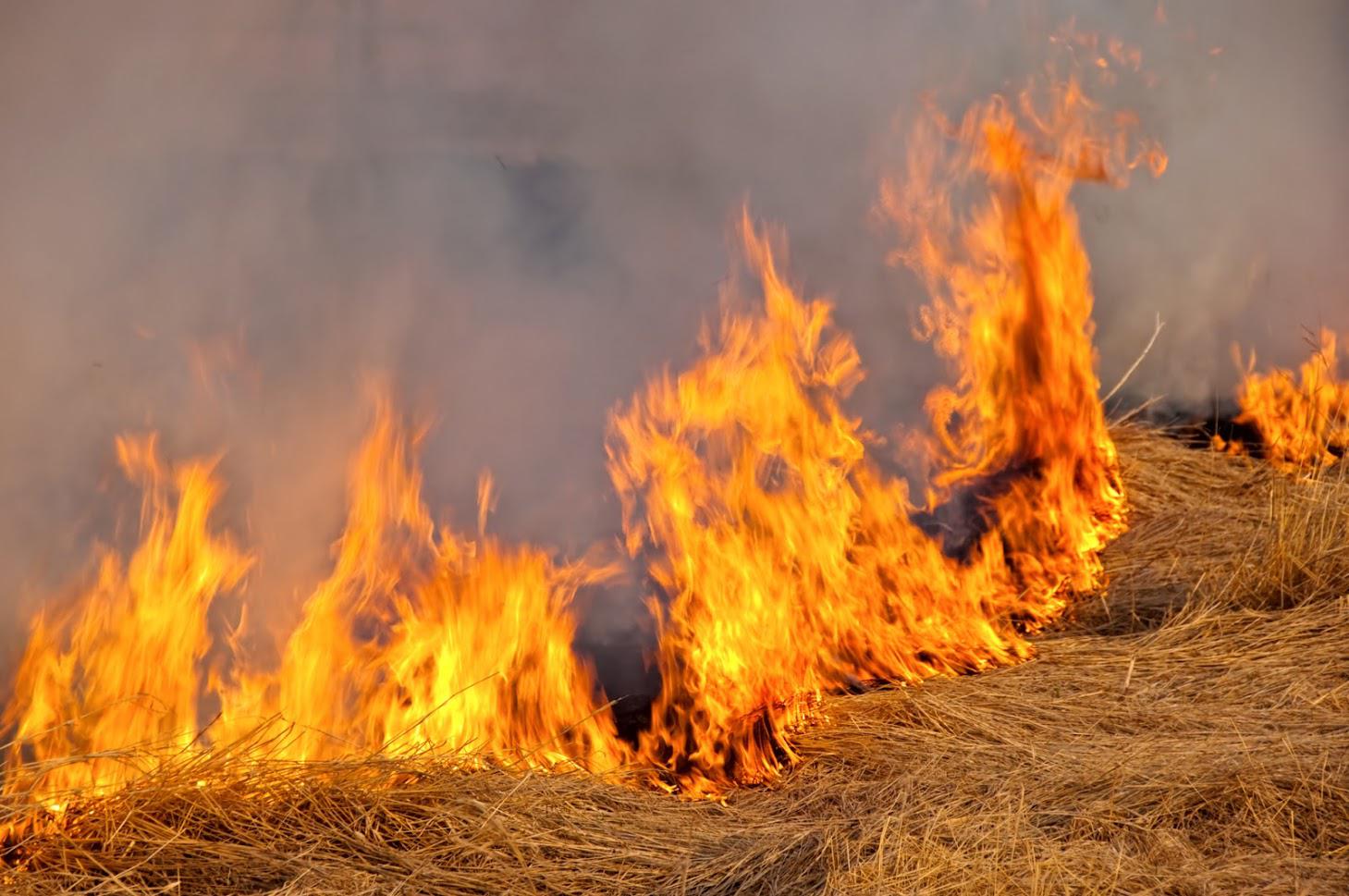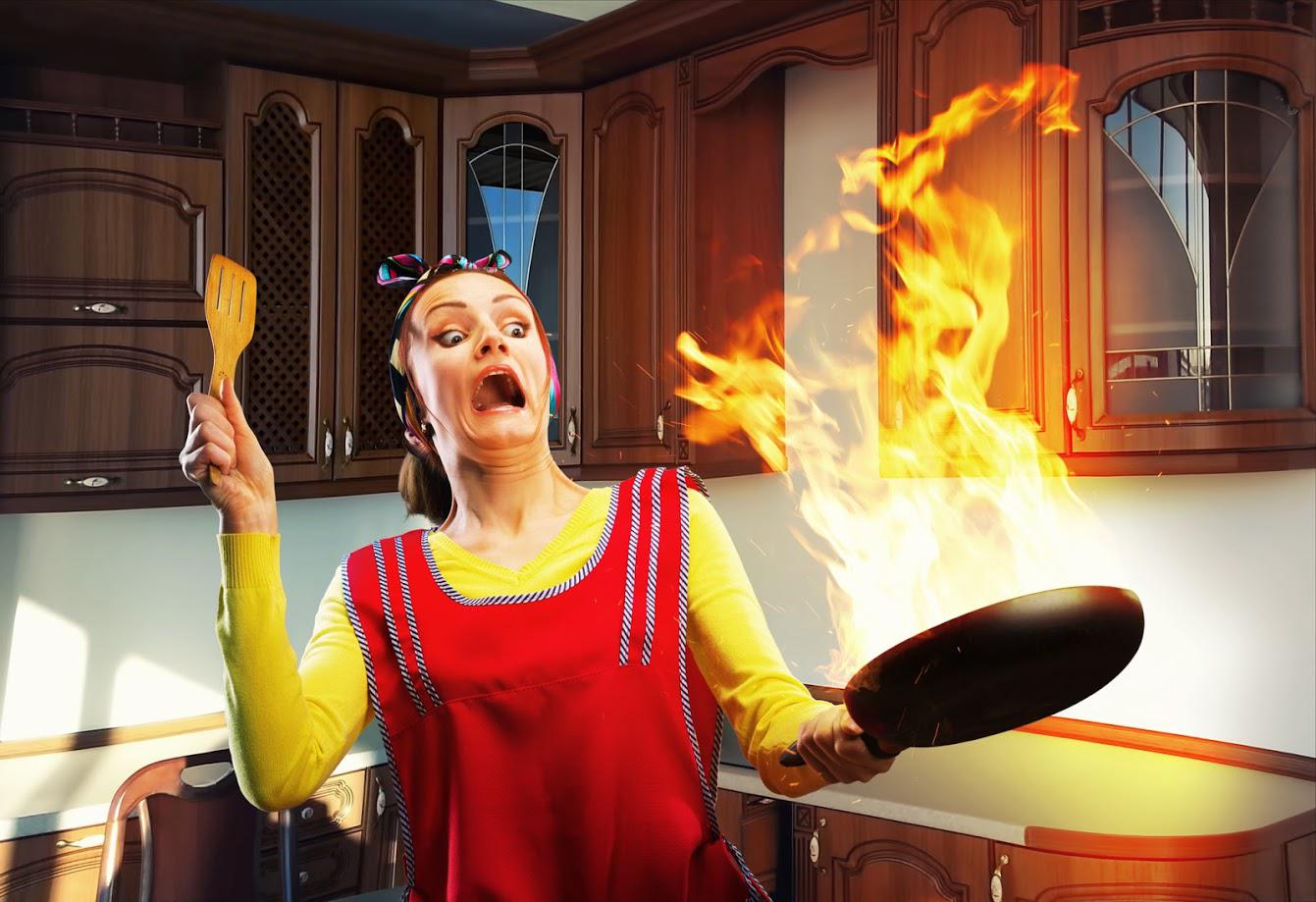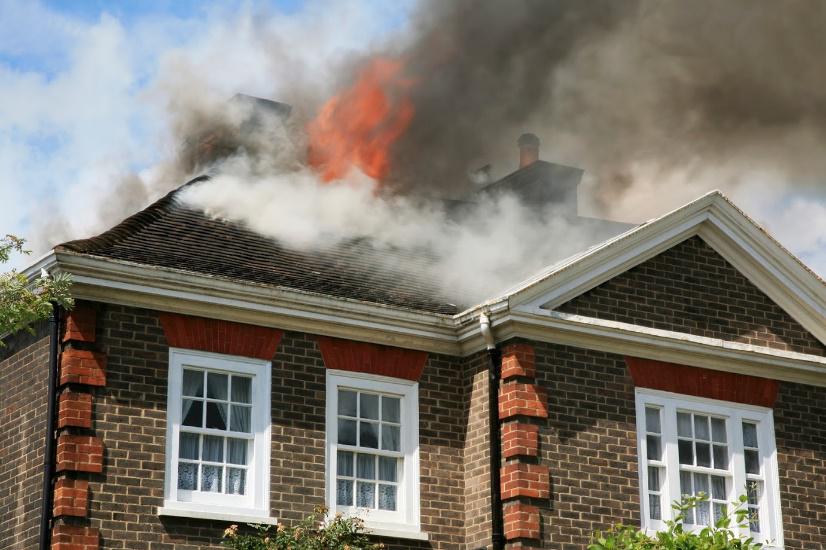The Right Fire Extinguisher in the Home
Fire extinguishers are must-haves for homeowners. They can be the difference between saving your home, valuables, loved ones or your own life. Prudent homeowners should take the time to learn the basics about fire extinguishers and how they can best help keep your home and family safe from fires.
Every fire extinguisher is rated A, B, or C which tells the user the type of fire that particular extinguisher is best suited for. A is for combustible items such as wood, paper, or cloth. B is for flammable liquids like gas or cooking oil and C is for electric fires.
Choosing the correct size for a fire extinguisher is a crucial step in prepping your home for safety against fires. Larger extinguishers (10 lbs) should be placed in the garage. This is an area where fires can grow potentially unnoticed. Medium size extinguishers (5 lbs) should be placed in the kitchen or laundry room. This provides quick access for small fires that should be put out relatively quickly. The smallest extinguishers (2 lbs) are best for vehicles. The National Fire Protection Association ( www.nfpa.org ) recommends that homeowners place fire extinguishers on each floor of their home for optimum safety.
Fire extinguishers can lose pressure over time. Readiness of each extinguisher will depend on the homeowners diligently checking the gauges to ensure the fire extinguishers have enough pressure to perform properly. There are sensors varying in price range that can monitor the pressure in each extinguisher and alert the homeowners when it gets low. Fire extinguisher brand Kidde recommends replacing fire extinguishers at least every 12 years or immediately after use. NFPA research indicates that cooking is the leading cause of home fires and injuries in the US, and the third leading cause of home fire deaths. In addition to other safety preparations for kitchens, it is recommended that homeowners mount a fire extinguisher on the inside of a kitchen cabinet. Water should never be used for cooking fires. Having a small, accessible fire extinguisher in the kitchen is the best safety practice for handling an unexpected fire in the kitchen.
Remember to contact the fire department first when possible and never attempt to fight a fire if you are unsure as to what is burning. Eve with a multi-purpose fire extinguisher (ABC rating), there may be something in the fire that could potentially explode or create toxic smoke.
